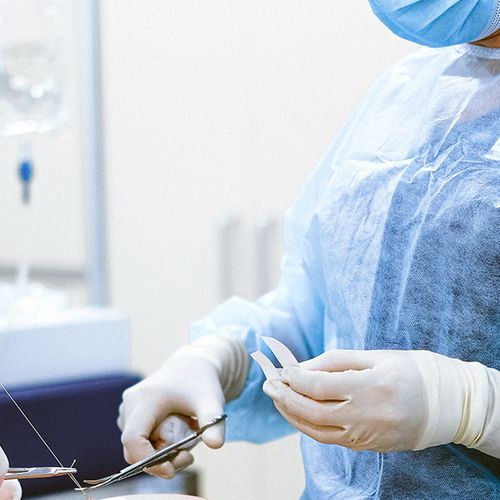A new, minimally invasive procedure called A embolization to treat uterine fibroids allows for quicker recovery-allowing women to get back on their feet faster than other methods.
Embolization involves blocking the arteries that supply blood to the fibroids. The procedure uses angiographic techniques similar to those used in heart catheterization, in which a catheter is placed into the uterine arteries. Small particles are injected into the arteries to block blood. This technique is essentially the same as that used to control bleeding that occurs after birth or pelvic fracture.
In a new study, Scottish researchers report that hospital stays for embolization average just a day, compared with about five days for more traditional surgery procedures to remove fibroids, such as hysterectomy.
The Study
The scientists randomly assigned 157 women with uterine fibroids to undergo either embolization or surgery. Of those, 106 had embolization, 43 had hysterectomies in which the uterus is removed; and eight had myomectomies, in which each individual fibroid is removed.
The purpose was to track hospital stays and recovery rates. Researchers found that the average hospital stay was one day for embolization, compared with five days for surgery. Those who underwent embolization also got back to their daily activities faster than women in the surgical group.
Women in the embolization group were able to drive a car after an average of eight days, compared with 34 days for the surgical group. And they returned to work, on average, 20 days after the procedure, versus 62 days for the surgery group. Embolized women were able to resume sexual activity within 21 days, compared with 53 days for those who had surgery.
"The biggest problem of surgery, whether myomectomy or hysterectomy, is the time to recover from the operation. This was much faster following embolization," notes lead author Dr. Jonathan Moss, a consultant interventional radiologist at Gartnavel Hospital in Glasgow.
"The other problem with hysterectomy is not every woman is happy with that option," he adds. With embolization, "you keep your uterus."
New Option
Embolization is a relatively new technique—introduced in 1995—to treat fibroids, which are noncancerous growths that develop in the uterus. As many as one in five women of childbearing age develop fibroids.
Most fibroids don't require treatment, but some cause excessive bleeding and may cause pain. When they do, they are treated with hormone therapy, surgery and now another option, uterine artery embolization.
Drawback
The biggest problem with embolization is that it doesn't always work. As many as 20% of patients will ultimately need it repeated or have to undergo hysterectomy. It is typically recommended for women who know they don't want to have additional children.
